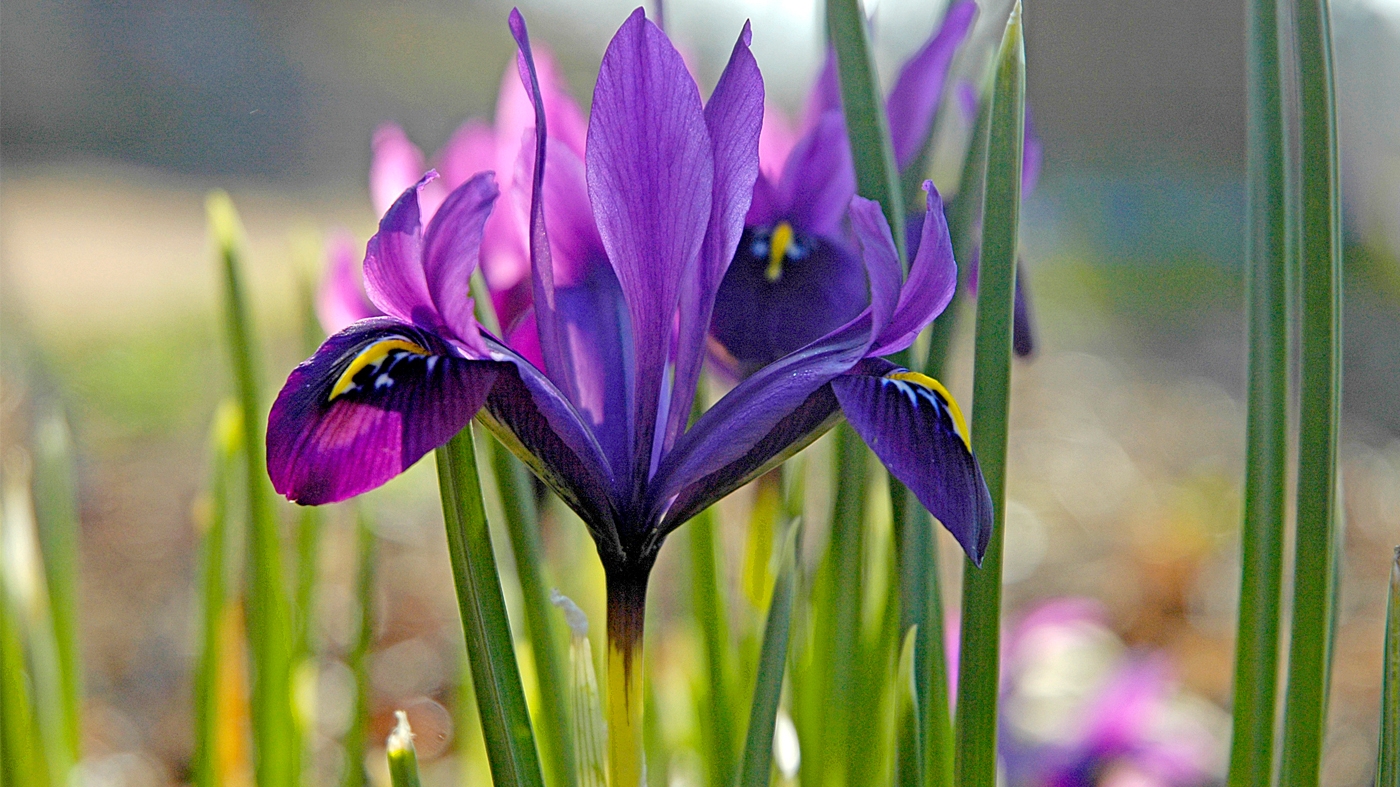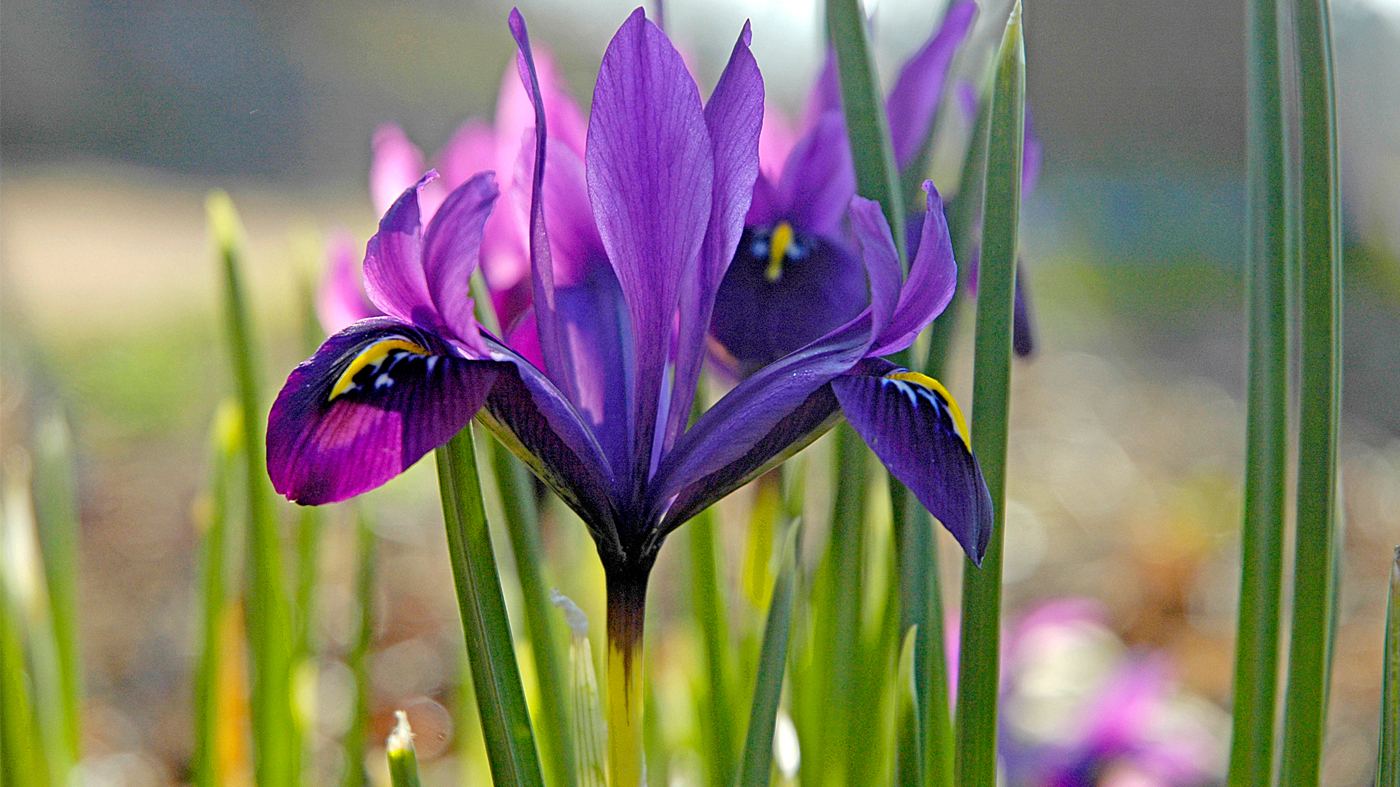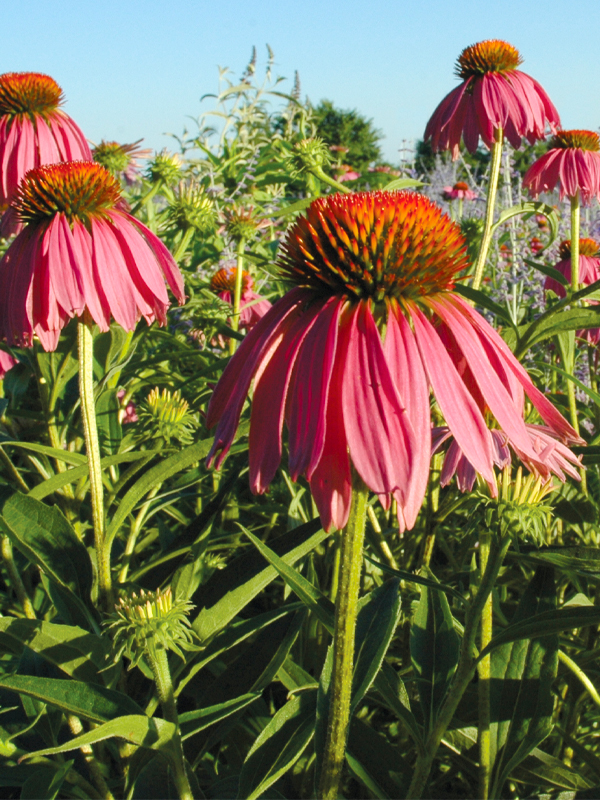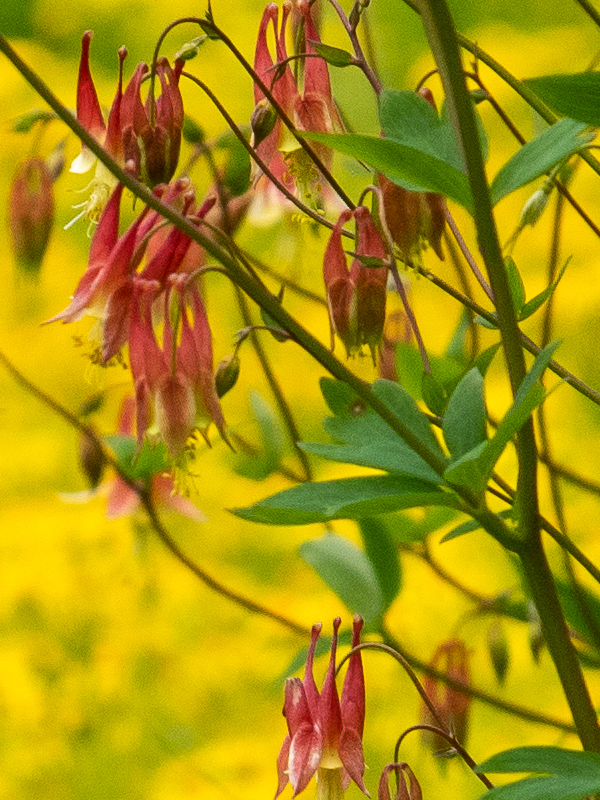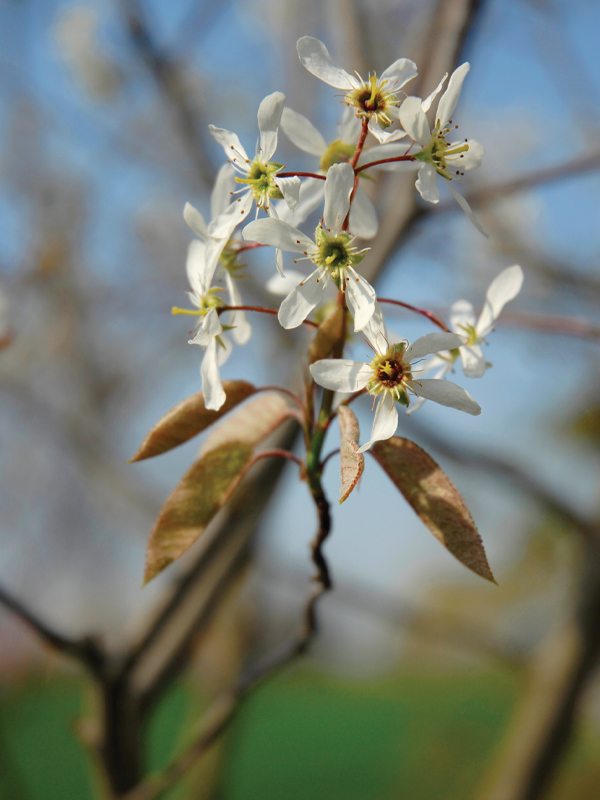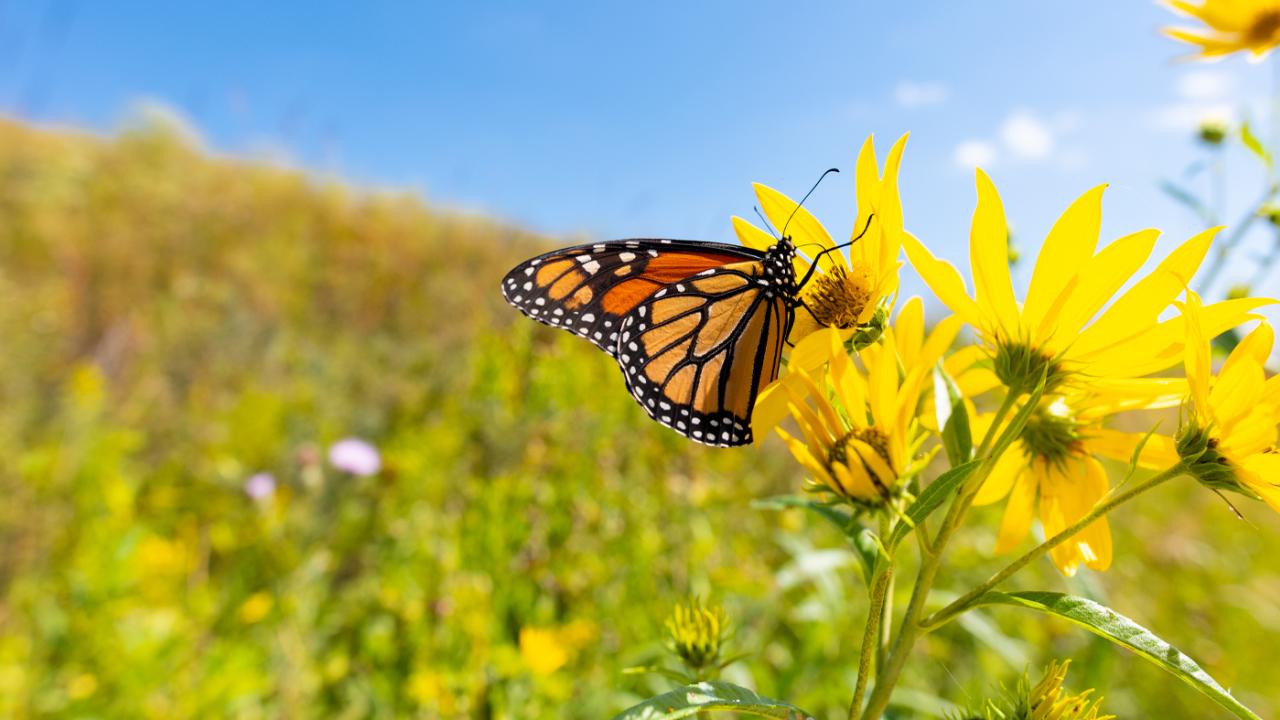

Native Plants for Home Gardens
There’s no question that native plants are hot. They’re touted online, in magazines, at garden centers, and in the news where their benefits are often linked to helping the plight of bees and other important pollinators. Many natives get the nod for their drought tolerance, low maintenance, and disease or pest resistance, as well as their attractive features.
There are more than 1,600 native plant species in the greater Chicago region. Many now are available at garden centers, at plant sales and through specialty nurseries. As ground covers, some native perennials can be used to replace spotty turf in dry, shady sites. Others complement non-native plants in sunny beds, borders, and in naturalistic and formal garden designs. And, native trees and shrubs offer nesting sites and food for many birds.
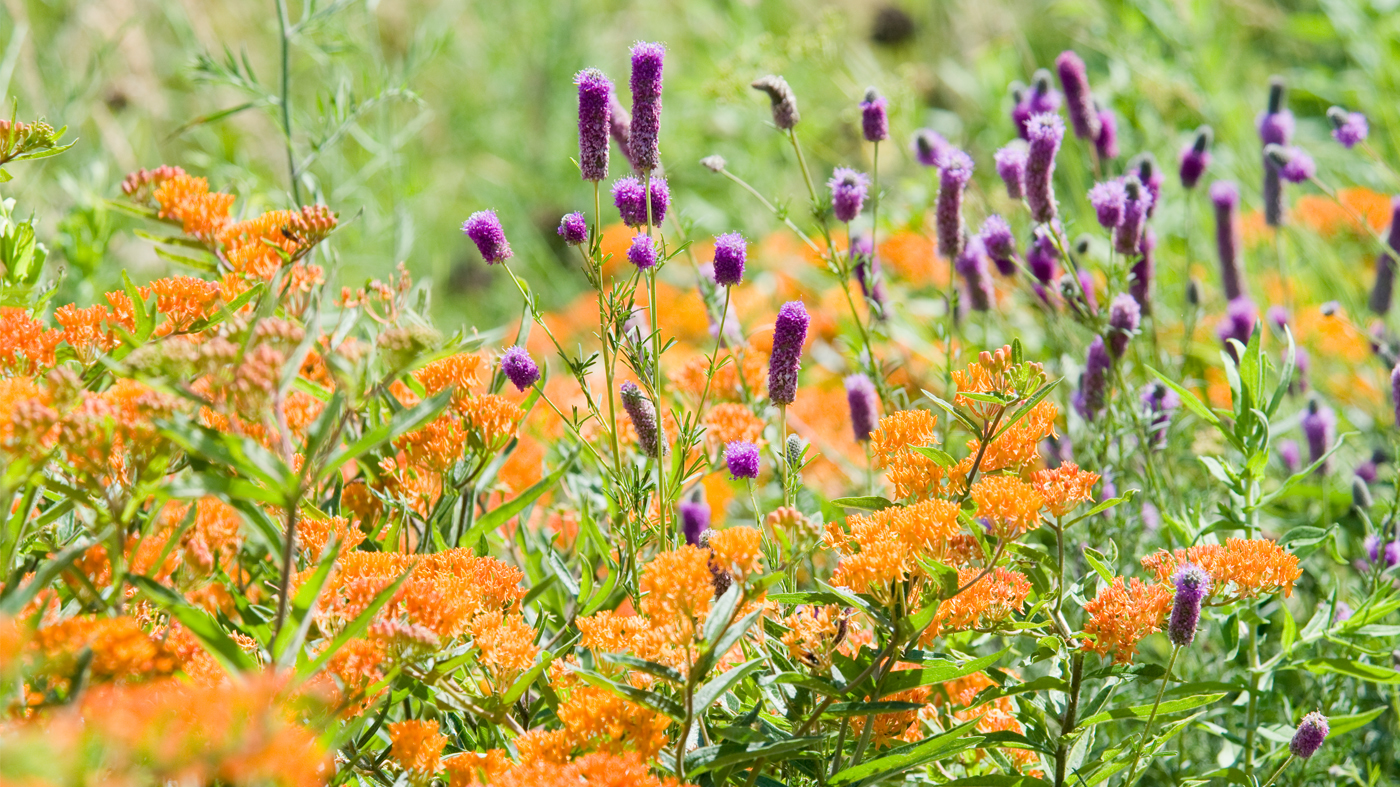
What IS a native plant?
According to the U.S. Department of Agriculture, a native plant “is a plant that is a part of the balance of nature that has developed over hundreds or thousands of years in a particular region or ecosystem. The word native should always be used with a geographic qualifier (that is, native to New England [for example]). Only plants found in this country before European settlement are considered to be native to the United States.”
Sun-loving Native Perennials
We can look to the prairie for inspiration when it comes to choosing herbaceous plants and grasses. Some elegant combinations for sunny borders include purple coneflowers (Echinacea), blazing star (Liatris), black-eyed Susans (Rudbeckia) and Culver’s Root (Veronicastrum). Add some prairie dropseed (Sporobolus) and little bluestem grasses (Schizachyrium scoparium) and their textures and shapes will complement the others. Left standing in autumn, the seedheads provide winter interest and food for birds and other wildlife.
Wild Woodlanders
While there are many attractive shade-tolerant plants native to the Midwest, some, such as Virginia bluebells, spring beauties and trout lilies, emerge in spring only to bloom and then disappear until the following year. These ephemeral spring bloomers typically go dormant by August, but there are many other native ground covers that can carry the garden into autumn.
For example, in May, wild columbine (Aquilegia canadensis) attracts hummingbirds with its flowers. There’s wild or wood geranium (Geranium maculatum), Merry Bells (Uvularia grandiflora), Canadian wild ginger (Asarum canadense), and woodland phlox (Phlox divaricata) that offer flowers and nectar to native insects. Calico aster (Symphyotrichum laterifolium), formerly Aster lateriflorus, is another native perennial that blooms later, from August through October, providing color, and nectar for migrating butterflies and for bees.
Small Native Trees
There are many native ornamental trees under 20 feet tall that are often overlooked, but are great plants for home gardens. They can be used in a border or at the corners of a foundation planting, or in groupings across a property line.
One example is the spring-blooming serviceberry. Illinois is home to a few species of serviceberry (Amelanchier). Apple serviceberry, a hybrid between two native species, offers white flowers in April and May. They are followed by berries that are quickly consumed by birds and other wildlife. Fall color is a striking red-orange.
Pagoda dogwood (Cornus alternifolia), is an uncommon, smaller native tree occasionally found in the northern half of the state. It features striking horizontal branches and can reach a height and width of 15 feet or more. Many kinds of beneficial insects—long-tongued bees, short-tongued bees, wasps, flies, and butterflies—are attracted to its fragrant white blossoms. The flowers are followed by attractive blue-black drupes borne on pink-red stalks and sought after by birds.
White Fringetree (Chionanthus virginicus)
The lightly fragrant, delicate flowers on this native plant make it a show stopper in spring. The flowers are followed by purple drupes and the fall color can be yellow-green to all yellow. A slow grower, fringetree can reach 8 to 10 feet tall and wide in a decade. Fringetree can be planted as a single specimen or grouped together to create an outstanding hedge or woodland border. It’s also a good choice for a garden dedicated to native plants.
Discover more ideas at The Native Plant Garden display.
Looking for a specific plant? Check out the Garden’s Plant Finder. Or, use our GardenGuide App 2.0 to find all of the interesting and unusual magnolias at the Garden.
Nina Koziol is a garden writer and horticulturist who lives and gardens in Palos Park, Illinois
